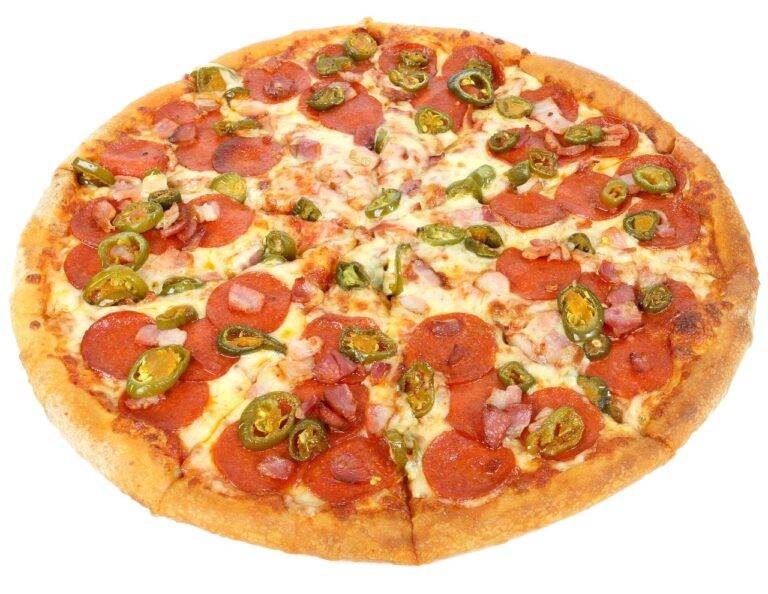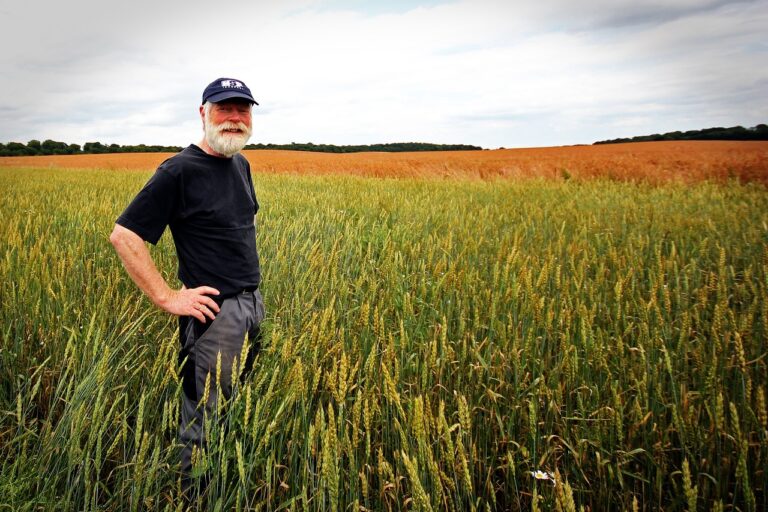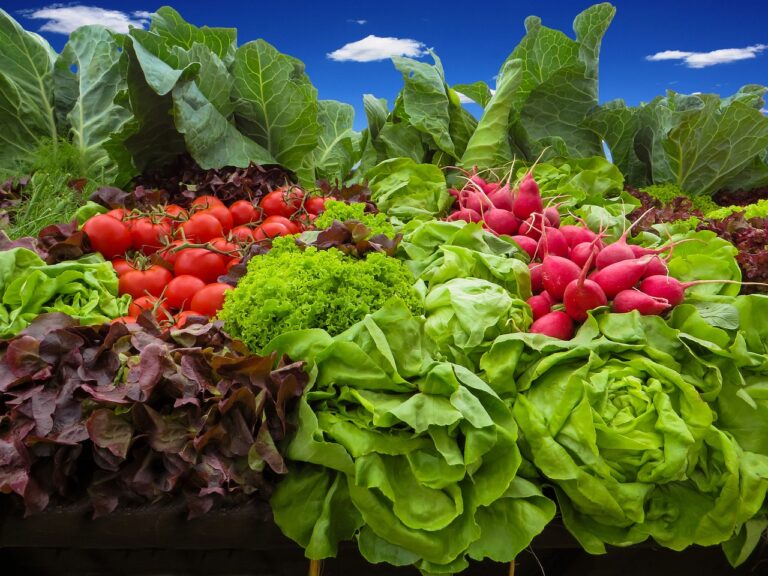The Rise of Food Waste Upcycling: Transforming Byproducts into Value-Added Products
Food waste upcycling is a sustainable approach that aims to reduce the amount of discarded food by transforming it into value-added products. This process not only helps to minimize environmental impact but also promotes resource efficiency in the food industry. By utilizing food byproducts that would have otherwise been thrown away, upcycling contributes to a circular economy where waste is reimagined as a valuable resource.
Through innovative techniques and creative thinking, food waste upcycling has the potential to offer a plethora of opportunities for businesses and individuals alike. Whether it involves turning fruit peels into natural cleaning products or repurposing surplus ingredients into new culinary creations, the concept of upcycling empowers society to make the most out of every resource available. Ultimately, embracing food waste upcycling can lead to a more sustainable future where nothing goes to waste.
The Environmental Impact of Food Waste
Wasting food has profound environmental repercussions. When food is discarded, the resources invested in producing it, such as water, energy, and land, go to waste. Additionally, food waste that ends up in landfills produces methane gas, a potent greenhouse gas that contributes to climate change.
Moreover, the energy involved in processing, transporting, and disposing of food that is ultimately wasted further exacerbates the carbon footprint of the food industry. As a result, addressing food waste is not only crucial for reducing environmental harm but also for mitigating the sector’s overall impact on climate change.
Food waste leads to the wastage of resources like water, energy, and land
Discarded food in landfills produces methane gas which contributes to climate change
Processing, transporting, and disposing of wasted food increases the carbon footprint of the food industry
Addressing food waste is essential for reducing environmental harm and mitigating the sector’s impact on climate change
Innovative Solutions for Food Byproducts
Food byproducts are an inevitable consequence of food production and consumption. These leftovers, such as peels, pulp, and seeds, are often discarded as waste, contributing to environmental issues like greenhouse gas emissions and soil pollution. However, innovative solutions are emerging to tackle this problem by upcycling food byproducts into valuable resources.
One such solution involves using food byproducts to create sustainable packaging materials. For example, fruit peel waste can be transformed into biodegradable packaging alternatives that reduce the dependence on traditional plastics derived from fossil fuels. By repurposing food byproducts in this way, companies can help minimize their environmental footprint and contribute to a more circular economy.
What is food waste upcycling?
Food waste upcycling is the process of converting food byproducts into new products with added value, rather than disposing of them as waste.
What are some examples of innovative solutions for food byproducts?
Some examples of innovative solutions for food byproducts include turning fruit peels into natural cleaning products, using coffee grounds as fertilizer, and repurposing vegetable scraps for compost.
How does food waste upcycling help reduce the environmental impact of food waste?
Food waste upcycling helps reduce the environmental impact of food waste by diverting organic waste from landfills, reducing greenhouse gas emissions, and conserving natural resources.
Are there any challenges associated with implementing innovative solutions for food byproducts?
Yes, some challenges associated with implementing innovative solutions for food byproducts include scalability, regulatory barriers, and consumer acceptance. However, with continued efforts and advancements in technology, these challenges can be overcome.







